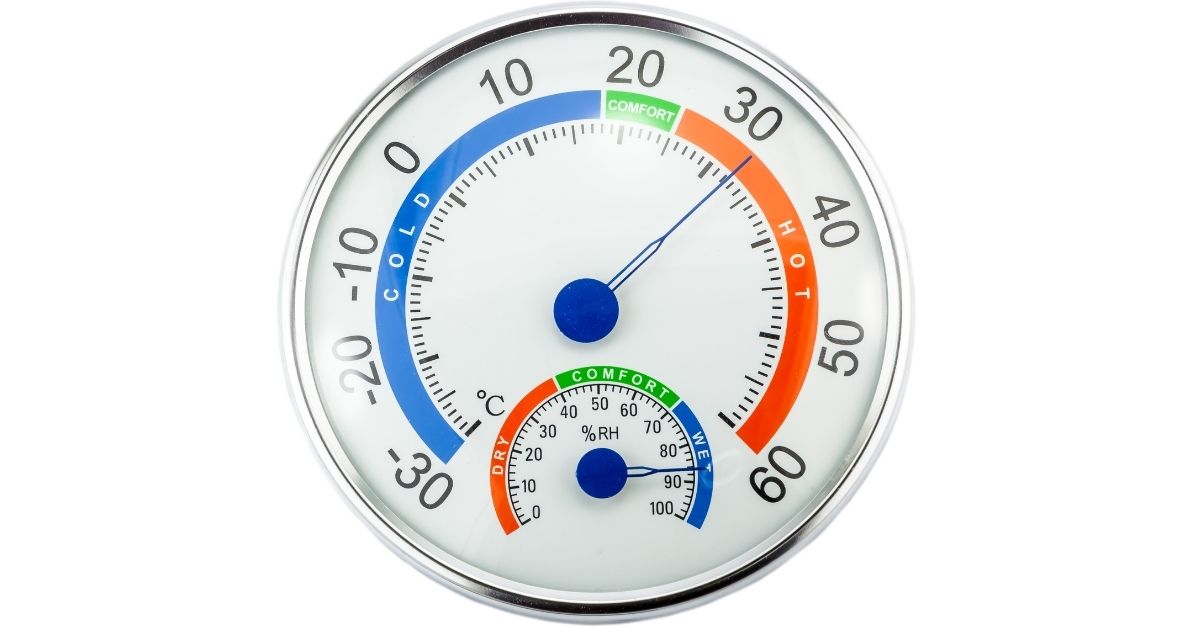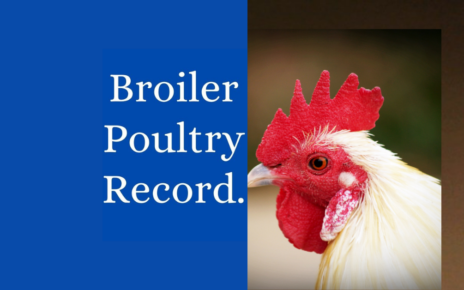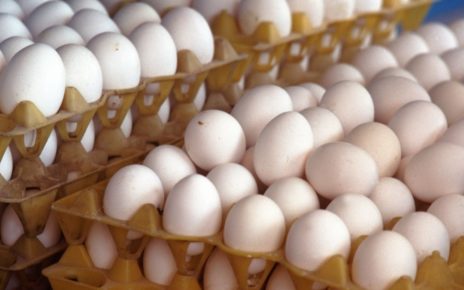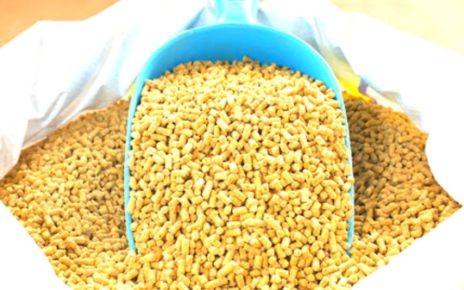First Try To Understand What is Humidity? Then we will move ahead to understand Effect on performance on Poultry.
Easily stated humidity is simply the amount of water vapor’s content held in the air. Water vapor is the gaseous stage of water.There are three main measurements of humidity: relative, absolute and specific.
Relative humidity :- expressed as a percent, is a measure of the amount of water vapor that air is holding compared to the amount it can hold at a specific temperature. Warm air can possess more water vapor (moisture) than cold air, so with the same amount of absolute/specific humidity, air will have a higher relative humidity. A relative humidity of 60% means the air holds on that day (specific temperature) holds 60% of water needed for the air to be saturated.
How is humidity measured?
A device to measure relative humidity is called a hygrometer.
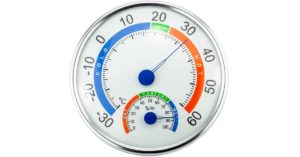
The simplest hygrometer – a sling psychrometer – consists of two thermometers mounted together with a handle attached on a chain. One thermometer is ordinary. The other has a cloth wick over its bulb and is called a wet-bulb thermometer.
Related Humidity levels in the first 3 days after placement should be around 60%. Chicks kept at the correct humidity levels are less prone to dehydration and generally make a better, more uniform start.
At high temperatures, chicks increase their huge energy loss through panting, as panting evaporates water and that process consumes energy that cools down the chick.
Humidity, however, hardly influenced the behavior of day old chicks. High relative humidity decreased the effectiveness of panting.
Complete Poultry Training – Link
RH within the broiler house should be monitored daily using a hygrometer. If it falls below 40- 50% in the first week, the environment will be dry and dusty. The chicks will begin to dehydrate and be predisposed to respiratory disorders. Performance will be adversely affected, typical drought reactions occurred: swallowing, eye blinking, closed eyes, drowsy attitude.
And action should be taken to increase RH.
At high relative humidity no typical “wet” reactions occurred. High humidity helps to evenly distribute the heat through the chicken house and diminishes hot and cold spots.
If the house is fitted with high-pressure spray nozzles (foggers or misters) for cooling in high temperatures, then these can be used to increase RH during brooding.
Alternatively, RH can be increased by using a backpack portable sprayer to spray
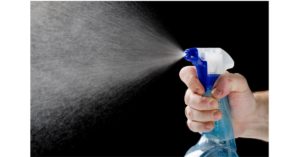
the with a fine mist.
As the chick grows, the ideal RH falls. High RH (above 60-70%) from 7 days onward can cause wet litter and its associated problems. As the broilers increase in live weight, RH levels can be controlled using ventilation and heating systems.
Temperature/Humidity guide.
| Age –Days | Relative
Humidity % |
Temperature ֯C (F) for chicks from 30 week old parent flocks or younger | Temperature ֯C (F) for chicks from 30 week old parent flocks or younger |
| 0 | 30-50 | 34 (93) | 33 (91) |
| 7 | 40-60 | 31 (88) | 30 (86) |
| 14 | 40-60 | 27 (81) | 27 (81) |
| 21 | 40-60 | 24 (75) | 24 (75) |
| 28 | 50-70 | 21 (70) | 21 (70) |
| 35 | 50-70 | 19 (66) | 19 (66) |
| 42 | 50-70 | 18 (64) | 18 (64) |
- If humidity is less than above, increase temperature 0.5 ֯C to 1 (1 ֯F). If humidity Is greater than above, reduce house temperature by 0.5 ֯C to 1 ֯C (1 ֯f) . Always use
- .Chicks from smaller eggs (younger breeder flocks) require higher brooding temperatures because they produce less heat about 1֯C
